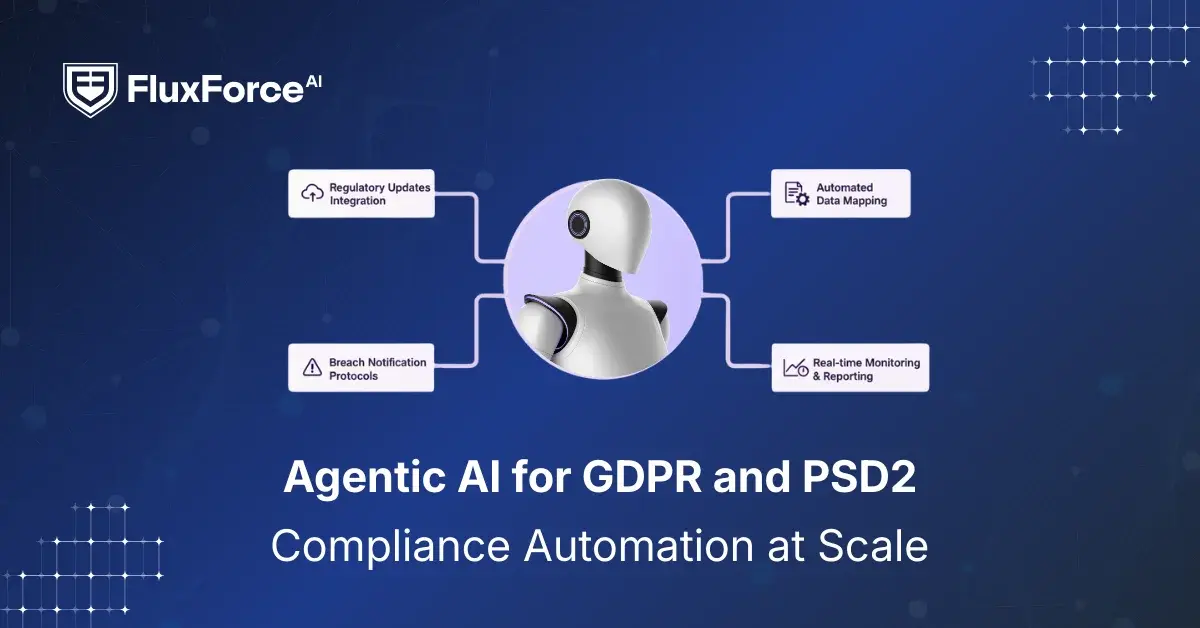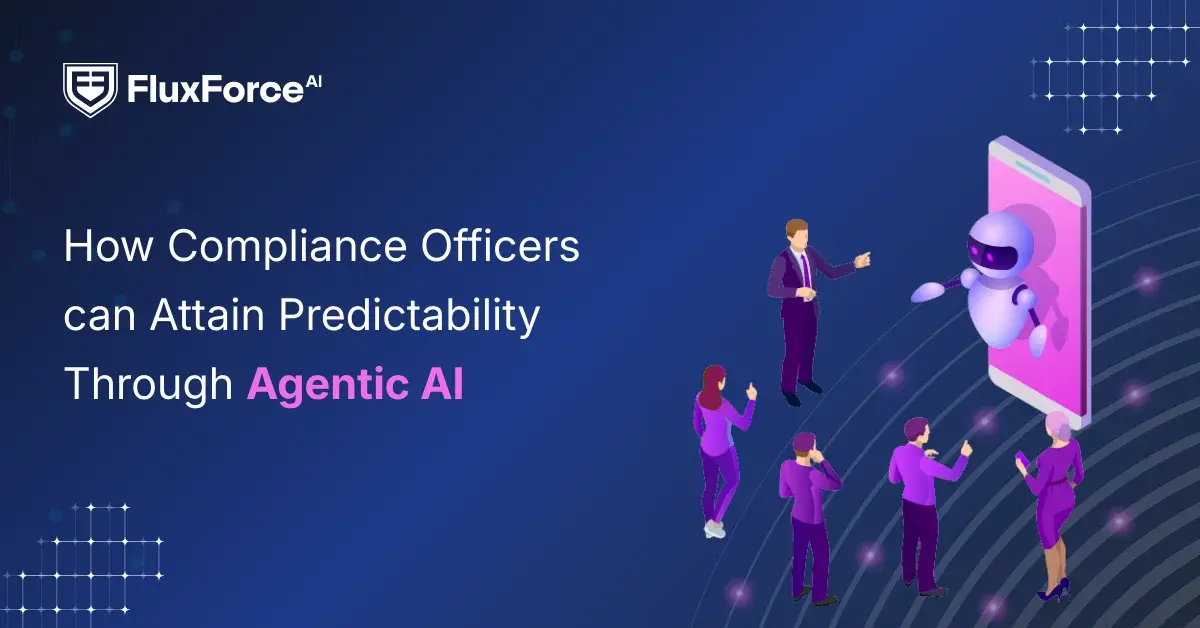Listen to our podcast 🎧

Introduction
The sensitive nature of the insurance industry demands strict regulations that protect customer data from breaches. With digital insurance services, insurers now handle vast amounts of personal and financial information. This makes compliance with data protection laws like GDPR more complex than ever.
For insurance companies, GDPR compliance means ensuring customer data is always accurate, secure, and transparent. Manual processes, however, struggle to keep pace with growing data and evolving regulations. They increase risks and leave gaps that can lead to penalties or reputational damage.
Automation offers a way to achieve speed without compromising security. With the right tools and strategies, it enables enhanced data protection for insurance industry and allows insurers to simplify compliance, strengthen data protection, and reduce operational strain.
In this blog, we explore how automation helps insurance firms meet GDPR requirements while building stronger customer trust.
What is Insurance Compliance?
Compliance in insurance means adhering to laws, regulations, and guidelines set by authorities to secure customer data, ensure transparency, and maintain fair business practices.
A major regulation that affects insurers is the General Data Protection Regulation (GDPR). While it is not insurance-specific, it requires companies to handle personal data with strict security and accuracy. This is especially important for insurers because they manage sensitive details like names, medical history, financial records, and claims data.
Non-compliance with GDPR for insurance can result in severe consequences, including fines of up to 4% of annual turnover or €20 million, whichever is higher.
Beyond GDPR, insurers must also comply with sector-specific requirements such as health insurance regulatory compliance, life insurance compliance, and other regional data protection obligations.
How Insurance Companies Ensure GDPR Compliance
Most insurance companies face serious challenges in meeting GDPR requirements because of the volume of sensitive customer data they handle. To comply, many insurers still rely on traditional methods that demand significant manual effort. This includes:

Using Spreadsheets for Data Tracking
Insurers often use spreadsheets to record and track customer data requests, updates, or corrections. While this provides a simple way to organize information, it increases errors as data volumes grow.
Policy Documents and Guidelines
Companies prepare detailed policy documents to guide staff on how GDPR rules must be implemented. However, regulations often change, and these documents require timely, constant updates; otherwise, they are often overlooked in day-to-day operations.
Manual Audits and Reviews
In most firms, compliance officers manually conduct periodic audits to confirm compliance is being followed. This approach identifies issues, but it is slow, resource-heavy, and cannot keep pace with real-time requirements, ultimately leading to violations.
Workforce-Driven Compliance
Instead of adopting technology, many insurers respond to growing data volumes by expanding compliance teams to handle checks and reporting. While this reduces immediate risk, it increases costs and does not scale effectively.
.png?width=1200&height=628&name=hubspot%20blog%20(6).png)
Shaping the Future of AI in Finance
Fluxforce research uncovers how banks and enterprises are adapting to fraud, compliance, and data challenges in 2025.
Key GDPR Compliance Strategies for Insurance Companies

Meeting GDPR requirements in the insurance industry becomes easier when firms rely on proven strategies. Below are some key approaches insurers can implement to stay compliant and protect customer data.
1. Centralize Data Across Systems
Scattered customer records increase the chance of errors. Centralizing data in a unified, secure platform ensures accuracy, improves visibility, and makes it easier to meet GDPR reporting requirements.
2. Apply Strong Access and Encryption Controls
Limiting access to sensitive data and using encryption protects against breaches. GDPR requires both preventive and detective controls, which insurers must implement consistently.
3. Implement AI and Automation
AI and automation streamline data monitoring, detect anomalies, and enable automated workflows for critical tasks such as consent management and subject access requests. These technologies reduce human error, accelerate response times, and strengthen overall compliance.
4. Conduct Continuous Assessments
Compliance requirements frequently change, and insurers must adapt promptly. Regular audits and risk reviews help evaluate the effectiveness of processes, identify gaps early, and update procedures to stay aligned with evolving GDPR regulations.
5. Use RegTech for Real-Time Monitoring
RegTech solutions provide insurers with automated tools to continuously monitor GDPR compliance. They centralize data oversight, generate comprehensive audit trails, track regulatory changes in real time, and send alerts whenever data handling or processing falls short of GDPR requirements.
How to Automate GDPR Compliance Workflows in Insurance
AI-powered automation solutions uplift the role of risk officers in insurance GDPR compliance. They offer real-time monitoring, reduce manual workload, and provide actionable insights to ensure compliance with insurance regulations.
1. Map Data Flows Across Insurance Processes
Document all points where customer data is collected, processed, transferred, or stored. A complete data map helps identify compliance risks, ensures visibility across systems, and forms the foundation for automating monitoring and controls.
2. Classify Customer Data by Sensitivity
Organize data into categories such as personal, financial, and health information. Clear classification helps apply appropriate protection rules and enables rigorous monitoring of the most sensitive data.
3. Implement Automated Monitoring and Alerts
Deploy AI-driven systems to track data handling in real time. Automated alerts detect unusual activity or policy breaches immediately, enabling risk officers to act quickly and prevent compliance violations.
4. Automate GDPR Reporting and Documentation
Use RPA (Robotic Process Automation) to generate audit trails, compliance reports, and logs automatically. This reduces manual effort, minimizes errors, and provides regulators with transparent, accurate documentation.
5. Enable Automated Access Control and Consent Management
Implement automated systems to manage user permissions, track consent, and enforce data retention policies across all platforms. This ensures authorized sensitive data access and consistent consent compliance maintenance.
Top GDPR Compliance Automation Tools for Insurance Firms

Leveraging automation in the insurance industry enables a streamlined approach to several GDPR compliance workflows. From audits to reporting, different tools and technologies work to reduce manual effort and maintain regulatory adherence.
Workflow Automation Tools
For automating repetitive compliance workflows, such as consent management, data access requests, or audit logging, Robotic Process Automation (RPA) handles the work. It ensures consistency, minimizes manual errors, and frees compliance teams for strategic tasks.
Real-Time Monitoring Tools
Artificial Intelligence (AI) and machine learning (ML) monitor data activity continuously, detecting anomalies or unauthorized access in real time. These technologies help insurers prevent breaches and maintain strict GDPR compliance.
Data Classification and Governance Tools
AI-powered data governance platforms and analytics tools automatically classify sensitive data, enforce retention policies, and manage access controls. They ensure only authorized personnel handle information and simplify audit processes.
Audit and Reporting Tools
RPA combined with analytics automates compliance reporting, tracks regulatory updates, and maintains detailed audit trails. This reduces administrative effort and allows risk teams to demonstrate accountability efficiently.
Conclusion
Insurance automation solutions remove the complexities of managing evolving GDPR regulations for insurance firms. They provide risk officers with tools to automate insurance industry compliance issues efficiently.
However, tools such as RPA, AI, and analytics must be implemented strategically to ensure continuous monitoring, accurate reporting, and error-free compliance. By reducing human processes, automation strengthens accountability and safeguards customer data.
For insurance risk officers, adopting these strategies is far beneficial than saving from penalties of insurance industry regulatory compliance. An insurance automation software is now essential for maintaining control, protecting sensitive data, and confidently meeting regulatory requirements.






Share this article